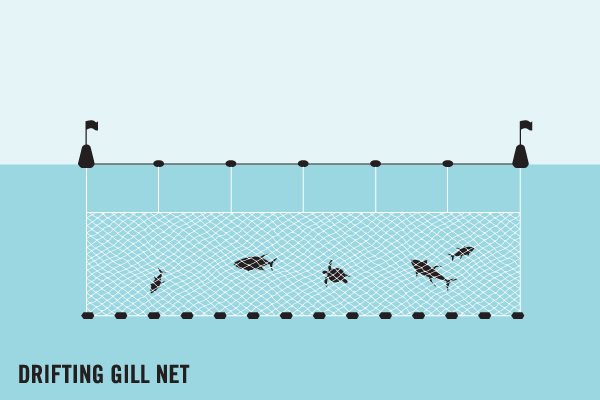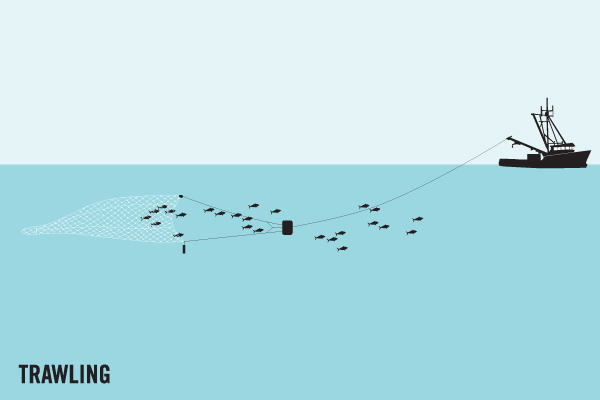Average Weight/Length
Common at 1-10 pounds. May reach 30 or more. World record 38 pounds, 8 ounces;
Other "Popular" Names for this Fish
White Grouper, Bahamas Grouper, Rockfish, Cherna Criolla
Location Habitat
Prefers coral reefs, and probably does not roam into water much deeper than 120 feet or so . In the Islands, small specimens are common over inshore patches, and also in creeks and channels. Occurs from the shoreline to at least 90 m depth. Usually close to caves (Ref. 9710). Juveniles are common in seagrass beds. Diet comprises mainly of fishes (54%) and crabs (23%) and lesser amounts of other crustaceans and mollusks. It is solitary and mainly diurnal; but may sometimes form schools. Spawns near the new moon with up to 30,000 aggregating at certain spawning sites (Ref. 9710). The least wary and most friendly of all the groupers. Heavily fished and vulnerable to overfishing, particularly when migrating or aggregating to spawn (Ref. 9710). The most important commercial grouper in the West Indies.
Biology & Physical Description
Looks much like the Red Grouper in shape and pattern, although the basic coloration tends more to brown or gray than reddish. The sure distinguishing feature is a black blotch on the caudal peduncle. Dorsal spines (total): 11 - 12; Dorsal soft rays (total): 16-18; Anal spines: 3; Anal soft rays: 8. Caudal fin rounded in juveniles. Dorsal fin notched between forward spines; 3rd or 4th spine the longest. Bases of soft dorsal and anal fins covered with scales and thick skin; scales small and greatly overlapping. Ground color tawny in individuals in shallow water, shading to pinkish or red in those from deeper water, sometimes with an orange cast. Can change color pattern in a few minutes from almost white to uniformly dark brown depending on mood. Third and fourth vertical bars branch above lateral line forming a W-shaped mark. Several distinct black spots below and behind eye and a characteristic `tuning-fork shaped stripe on top of head, dividing just behind the orbits.
Life Cycle & Mating Behavior
Most males and females display a bicolored pattern during spawning. Courtship behavior involves vertical spiral movement, short vertical runs followed by rapid aggregation then rapid dispersal and horizontal runs near the bottom. Sex reversal reportedly between 30 and 80 cm SL. Some primary males found recently (Ref. 5222). Pelagic spawner
Geographic Species Map (Fishbase.org Map)
|
|

|
Summary of Distribution: Western Atlantic: Bermuda, Florida, Bahamas, Yucatan Peninsula and throughout the Caribbean to southern Brazil. Not known from the Gulf of Mexico except at the Campeche Bank off the coast of Yucatan, at Tortugas and off Key West. |
|
Note: Distribution range colors indicate degree of suitability of habitat which can be interpreted as probabilities of occurrence (fishbase.org) |
|
Sport Fishing Techniques
|
|
Gill netsGill-nets are the dominant gear in the Indian Ocean. Gill-nets are used in artisanal and semi-industrial fisheries, contributing to 30-40% of the total catch. The net design is comprised of continuous panels of uniform mesh size, aimed to trap fish behind the gills. The International Sustainable Seafood Foundation (ISSF) notes that rates of sharks and turtle by-catch in Indian Ocean gill-net fisheries are high.. |
|
|
|
Kite Fishing (Rig)A Kite Fishing Rig is.... |
|
|
|
River DriftRiver Drift means to use the.... |
|
|
|
TrawlingTrawling is when.... |
|
Tackle & Baits
Most are caught by potluck reef or creek fishermen on light ocean gear or stout baitcasting and spinning outfits-all using lines of 12-20 pounds. Cut fish, conch or squid all make good baits, and Nassau's will also strike jigs, spoons and underwater or surface plugs. Bigger fish on rough coral reefs require heavy tackle for bottom-fishing, and can also be caught by trolling with feather-and-strip baits or with large swimming plugs.
Game Rating
Game Rating : 7.5/10
Game Description :
A rugged fighter.
Food Rating
Game Rating : 8.5/10
Game Description :
Small ones are excellent; fish over 10 pounds are almost as good, but harvest is currently prohibited in Florida.




















 Nassau Grouper
Nassau Grouper 

.jpg)



